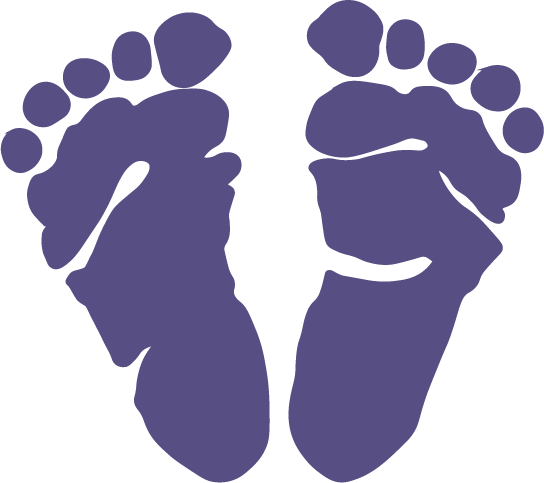Biking is a great form of transportation, fun, and exercise for children this time of year. Biking can be enjoyed while still being safe with the use of a helmet. Remember to always encourage your child to wear a helmet regardless of the distance traveled or how experienced they are at biking.
A helmet needs to fit right to be able to protect your child’s head. Helmets should be worn squarely on top of the head, covering the top of the forehead. If it is tipped back, it will not protect the forehead. The helmet fits well if it doesn’t move around on the head or slide down over the wearer’s eyes when pushed or pulled. The chin-strap should be adjusted to fit snugly. Here are some tips to help make this helmet habit a “no-brainer”:
ESTABLISH THE HELMET HABIT EARLY
Have your children wear helmets as soon as they start to ride tricycles (or if they are a passenger on the back of an adult’s bike). If they learn to wear helmets from an early age, it becomes a habit for a lifetime. It’s never too late, however, to get your children into helmets. Allow your child to participate in choosing their helmet. They’ll be able to let you know if it is comfortable. And if they like the design, they are more likely to wear it.
WEAR A HELMET YOURSELF
Children learn best by observing you. Whenever you ride your bike, put on your helmet. Plan bicycle outings during which all family members wear their helmets to further reinforce the message. The most important factor influencing children to wear helmets is riding with an adult who wears a helmet.
TALK TO YOUR CHILDREN ABOUT WHY YOU WANT THEM TO PROTECT THEIR HEADS
There are many things you can tell your children to convince them of the importance of helmet use. Bikes are vehicles, not toys. You love and value them and their intelligence, and need to protect them. They can permanently hurt their brains or even die of head injuries. Most professional athletes use helmets when participating in sports. Bicycle racers are now required to use them when racing in the United States and in the Olympics.
DON’T LET CHILDREN RIDE THEIR BIKES UNLESS THEY WEAR THEIR HELMETS
Be consistent. If you allow your children to ride occasionally without their helmets, they won’t believe that helmet use really is important. Tell your children they have to find another way to get where they are going if they don’t want to use their helmets.
ENCOURAGE YOUR CHILDREN’S FRIENDS TO WEAR HELMETS
Peer pressure can be used in a positive way if several families in the neighborhood start making helmet use a regular habit at the same time.



